OLD MASTERS in NEW COLOURS

edited by PATRIK FARKAŠ
JANA ZAPLETALOVÁ





edited by PATRIK FARKAŠ
JANA ZAPLETALOVÁ



edited by PATRIK FARKAŠ
JANA ZAPLETALOVÁ
OLOMOUC
2023
Unauthorised use of this work is an infringement of copyright and may give rise to civil, administrative or criminal liability.
1st edition
© texts Patrik Farkaš, Miroslav Kindl, Jana Zapletalová, Martin Zlatohlávek, Eliška Zlatohlávková, 2023
© Palacký University in Olomouc, 2023
Introduction | Jana Zapletalová
1. An Extra/ordinary Copy? Artemisia Gentileschi (?) Based on Orazio Gentileschi, David Contemplating the Head of Goliath | Jana Zapletalová 15
2. The Nursing Madonna by Bernardo Cavallino: Painting inside a painting | Eliška Zlatohlávková –Patrik Farkaš 63
3. The Tale of a Lid that Ended Up in a Picture Gallery | Jana Zapletalová
4. The Last Supper by Pieter Coecke van Aelst | Miroslav Kindl 119
5. The Landscape with the Rest on the Flight into Egypt | Miroslav Kindl 153
6. Diana after the Hunt by Jan Brueghel the Younger and Hendrick van Balen | Eliška Zlatohlávková 169
7. Olomouc Crucifixion based on Michelangelo | Martin Zlatohlávek 195
Annex | Patrik Farkaš 231
Bibliography 237
Index 255


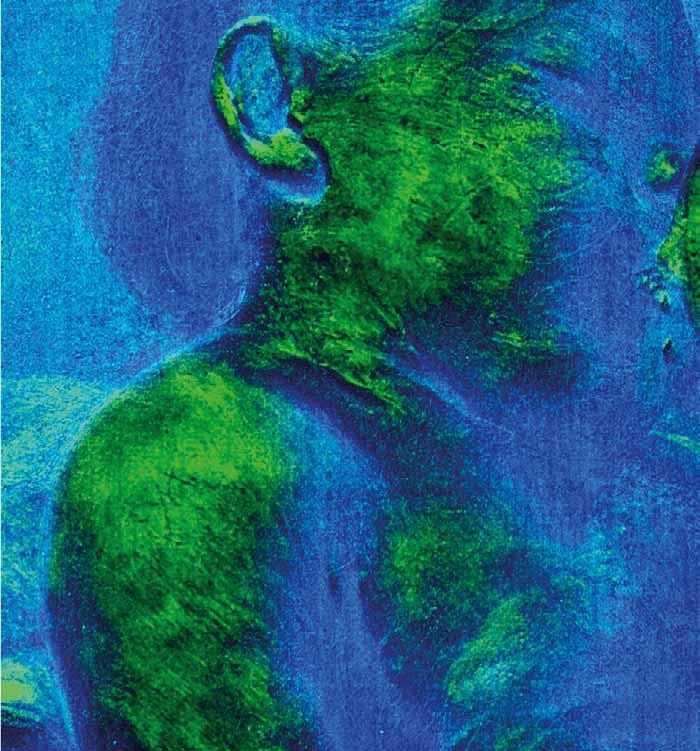
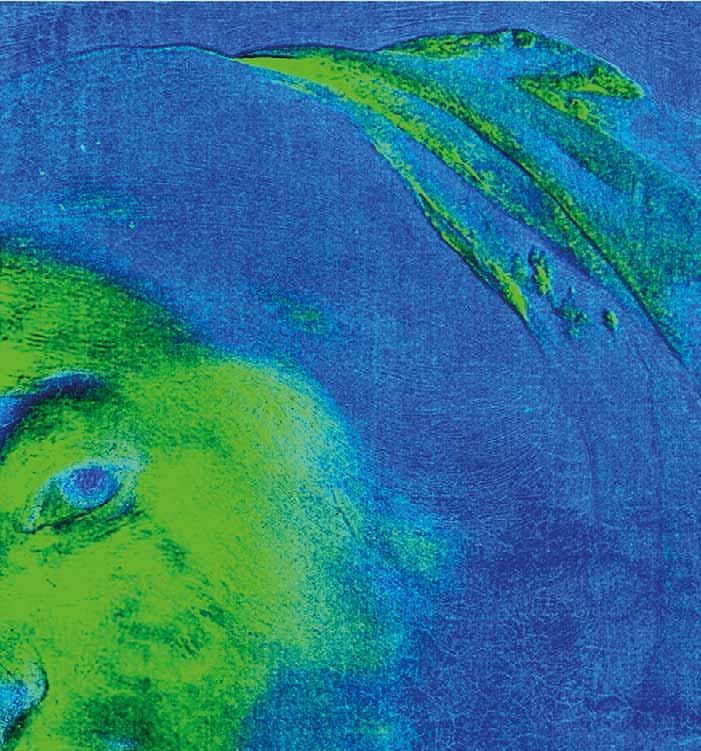
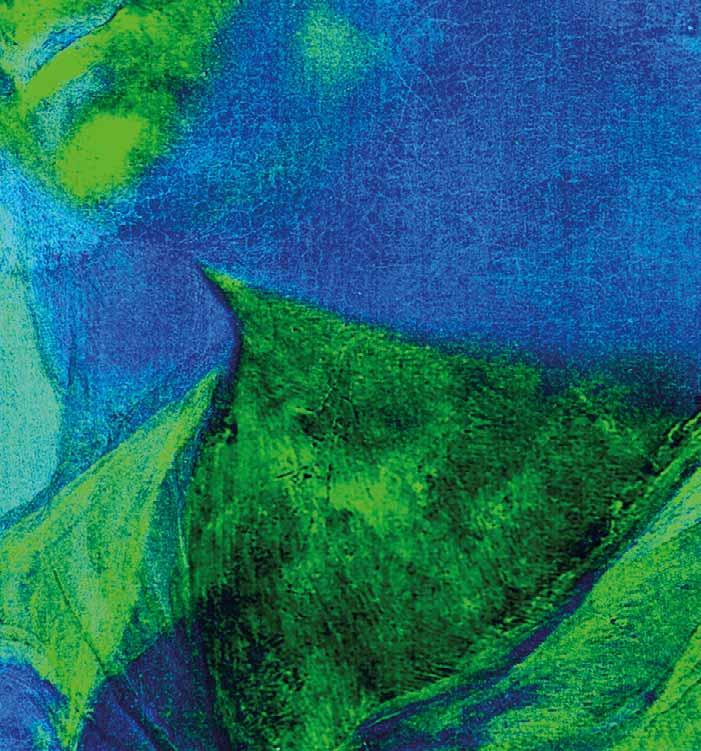
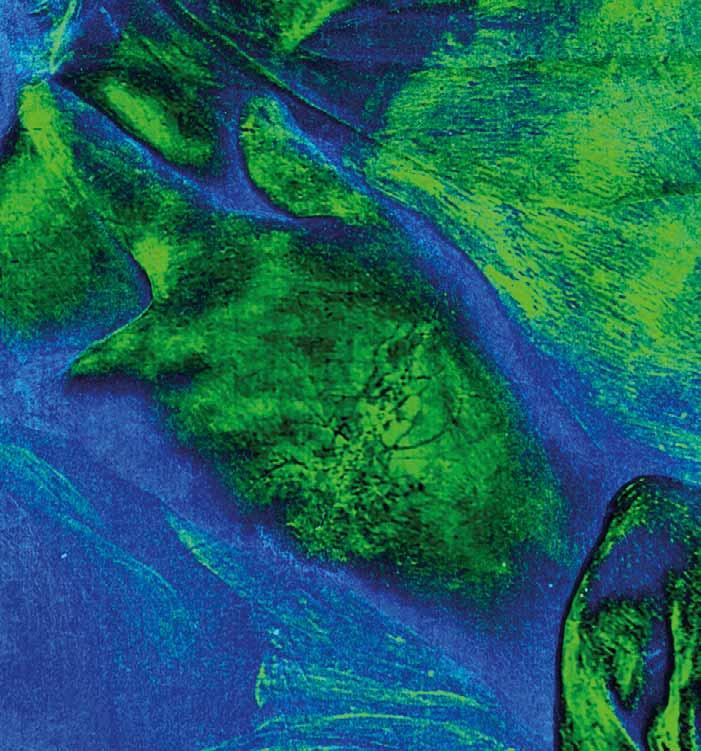
Jana Zapletalová
For many years now, the study of artworks of the Old Masters has not been the exclusive preserve of art historians. Today, connoisseurship and other art-historical methods can make much greater use than in the past of the findings of the exact sciences, which make it possible to acquire new knowledge about the artworks of the past that is not visible to the naked eye.1 Imaging and instrumental methods for visual arts research often enables us to literally “look into the painting”, below the surface of the visible, for example to observe the work in different regions of the invisible spectrum of electromagnetic radiation. By using various research methods – with the necessary caution and awareness of their limitations – it is often possible to gain an insight into the hypothetical process of the creation of an artwork, as well as into different layers of the work. It is possible to characterise the material essence, technological processes or to study the artist’s modifications and later interventions in the work. In short, various research
Introduction
methods allow us to view artworks from different perspectives and to study them figuratively speaking “in new colours”, often the colours in which they appear to our eyes using a variety of imaging methods. Despite the fact that the knowledge of the natural sciences is well established and commonly used within the international and Czech art-historical and restoration environment, real interdisciplinary integration of knowledge from the humanities and natural sciences into human knowledge about artworks still remains a considerable challenge for art historians, and often proves to be a very difficult task.2 In this publication, we have therefore decided to apply the results of primarily non-invasive imaging methods in art-historical practice, and to use them to the greatest extent possible in the interpretation of the individual artworks under study.
The publication presents seven case studies on selected hanging paintings by Old Masters from the Olomouc Museum of Art, which in addition to its own valuable art collections manages the collections of the Archbishopric of Olomouc within the Archdiocesan Museums in Olomouc and Kroměříž.3 The collection of paintings of the bishops and later archbishops
of Olomouc, which is home to five of the works studied in this book, is one of Europe’s significant collections, with its roots reaching back to the most valuable European picture galleries of the 17th century.4 The most valuable pieces of the collection were acquired by Bishop Karl von Lichtenstein-Castelcorno (1624–1695) in the second half of the 17th century through the acquisition of larger collections of artworks, primarily from brothers Franz (1632–1694) and Bernard Albert von Imstenraedt (1637–1694) of Cologne. The Imstenraedt collection included paintings from the estate of the English King Charles I Stuart (1600–1649), the nobleman, diplomat and collector Thomas Howard Lord Arundel (1585–1646) and works from the estate of the Parisian merchant and banker Everhard Jabach (1618–1695). Since the 17th century, the collection has decorated not only the interiors of the two main bishop’s residences in Olomouc and Kroměříž, but also smaller residences in Vyškov, Brno, Mírov, Kelč, Chropyně and Hukvaldy. None of the subsequent bishops and archbishops was more committed to the collection than Karl von Lichtenstein-Castelcorno. The collection was expanded to a lesser extent in the following centuries and moved
between the residences of the episcopal network. Unfortunately, it also suffered a number of significant losses under some bishops or archbishops, as the collection did not receive the attention it merited. In 1830, the collection probably sustained its greatest impoverishment when it was partially sold off at public auction. Of the original bishop’s collection, only a part, though still impressive, has survived to the present day, containing a number of very fine works of art.
The selection of artworks that have been studied and included as case studies in this publication is based on the professional focus and personal scientific preferences of the individual authors. The oldest piece in the Imstenraedt brothers’ collection of paintings in the Archbishop’s collections is The Last Supper by Pieter Coecke van Aelst (1501–1550), which was brought to Olomouc in 1673.5 The other two paintings in question are documented in the collection of the Olomouc bishops from 1691. The painting David Contemplating the Head of Goliath is a copy based on a famous work by Orazio Gentileschi (1563–1639) from the Galleria Spada in Rome.6 As the author’s overpaintings, the so-called pentimenti, have shown, this is not just an ordinary copy, but
is either the work of his daughter Artemisia (1593–1653), as stated in the inventory of the Olomouc collection from 1691, or a work created in the immediate vicinity of Orazio Gentileschi by one of his collaborators or imitators. The 1691 inventory of the bishop’s collection also documents the small painting Landscape with the Rest on the Flight into Egypt, originally identified as the work of a follower, Joachim Patinir (approx. 1480–1524) and here attributed to Lucas Gassel (1480–approx. 1568/1569).7
The other two works from the archbishop’s collections, to which separate chapters of the book are devoted, belong among the more recent acquisitions of the Olomouc archbishops. A painting on wood with the specific subject Christ as the Good Shepherd among Angels was purchased in Rome by Archbishop Theodor Kohn (1845–1915) from an antiquarian in 1901 as a work by the famous painter Parmigianino (1503–1540).8 This attribution did not stand for long. Only recently, however, after more than a century, has it been possible to attribute the work convincingly to its author, the Tuscan painter Ulisse Ciocchi (approx. 1570–1631).9 By contrast, The Crucifixion, which was inspired by a famous
Introduction
drawing by Michelangelo (1475–1564) or one of his reproductions, and was long attributed to Marcello Venusti (1515–1579), remains an anonymous work by an artist from the second half of the 16th century.10 This work enhanced the archbishop’s collection of paintings thanks to the care of Leopold Prečan (1866–1947), who purchased it in 1931 from the Prostějov antiquarian Vladimír Seidl (1888–after 1946).
In addition to paintings from the property of the Archbishopric of Olomouc, two hanging paintings from the collections of the Olomouc Museum of Art have also been examined.11 The painting Diana after the Hunt by Jan Brueghel the Younger (1601–1678) and Hendrick van Balen (1575–1632) was taken into the collections of the Olomouc Museum of Art after 1945,12 while the famous The Nursing Madonna by Bernardo Cavallino (1616–1656) arrived in Olomouc two years later.13 Non-invasive research using advanced imaging methods yielded a number of valuable previously unknown findings for both works, including the discovery of significant authorial overpaintings in Cavallino’s work.
The connecting element of the artworks under analysis, which are quite
diverse in terms of their authorship, time of creation, the materials used, technique, and last but not least provenance, is the methodological approach that seeks to apply the methods of “technical art history”.14 The individual studies attempt to use the results of various imaging and instrumental methods for visual arts research for the purpose of art historical interpretation.15 As the research was always conducted in situ in order to ensure the maximum protection of the artworks under study, the team of authors limited themselves to the use of only selected analytical survey methods, or to the evaluation of previously collected samples analysed using scanning electron microscopy with energy dispersive spectrometry (SEM-EDS). Already standard and commonly applied methods were used in the research, in particular infrared reflectography (IRR), infrared technical photography (IR TP), UV-induced visible fluorescence (UVF), X-ray imaging, and X-ray fluorescence spectroscopy (XRF).16
The use of these selected research methods has enabled us to gain new knowledge about the analysed works in terms of their material composition, the techniques used, secondary interventions and the current state
Introduction
of conservation. These were further compared with existing knowledge and contemporary sources. Information on authorial changes, the form of underdrawings, the method of applying colour pastes, the use of organic dyes, pigments or grounds and imprimitura was particularly valuable for the art-historical interpretation. Thus, the research confirmed that a good knowledge of the material, technological processes and state of preservation of the work is essential for
art-historical interpretation. Thanks to the possibilities and qualities of state-of-the-art technology provided today by the exact sciences, new or expanded knowledge can be obtained which, employing an interdisciplinary approach to the material under study, can lead to a better understanding of the artworks, their valorisation and, last but not least, better protection for the future.
1 Cf., for example, Bomford 1998. – Hermens –Ouwerkerk – Costaras 1998. –Ainsworth 2005. – Freedberg 2006. – Poldi – Villa 2006. –Hermens 2012. – Cardinali 2017. – Dupré 2017. – Jongh –Leeuw – Mass – Pinna –Shindell – Spapens 2018. –Burnstock – Klemm – Laaser –Leonhard – Neugebauer –Reden 2023. – Ravaud 2023, and many others.
2 From recent literature published in the Czech Republic with references to other literature, for example, Dáňová – Chlumská 2017. – Šefců 2020. – Chlumská –Šefců – Antušková 2022.
3 The authors would like to thank the management and staff of the Archbishopric of Olomouc and the Olomouc Museum of Art for kindly allowing the scientific examination of the collections.
4 On the history of the archbishop’s picture gallery cf. Breitenbacher 1925. – Breitenbacher 1927. –Breitenbacher – Dostál 1930. –
Kurz 1943, pp. 279–282. –Grossmann 1944a, pp. 151–154. –Grossmann 1944b, pp. 173–176. –Šafařík 1964, pp. 171–182. –Togner 1998. – Slavíček 2010, pp. 191–204. – Kindl 2014, pp. 83–98. – Daniel 2019.
5 Pieter Coecke van Aelst, The Last Supper, 1528, oil, canvas, 112 × 164 cm, Archbishopric of Olomouc, Olomouc Museum of Art – Kroměříž Archdiocesan Museum. See chapter by Miroslav Kindl, The Last Supper by Pieter Coecke van Aelst (Chapter 4).
6 Artemisia Gentileschi (?) based on Orazio Gentileschi, David Contemplating the Head of Goliath, after 1610, oil, canvas, Archbishopric of Olomouc, Olomouc Museum of Art – Kroměříž Archdiocesan Museum. Cf. the Chapter by Jana Zapletalová, An Extra/ordinary Copy? Artemisia Gentileschi (?) based on Orazio Gentileschi, David Contemplating the Head of Goliath (Chapter 1).
7
Lucas Gassel, Landscape with the Rest on the Flight into Egypt, second quarter of 16th century. Oil, oak panel, 32 × 48 cm, Archbishopric of Olomouc, Olomouc Museum of Art – Kroměříž Archdiocesan Museum. Cf. the Chapter by Miroslav Kindl, A Landscape with the Rest on the Flight into Egypt (Chapter 5).
8 Ulisse Ciocchi, Christ as the Good Shepherd among Angels, ca. 1614, oil, wood, 29.8 × 64.3 cm. Olomouc Museum of Art –Archdiocesan Museum Kroměříž. Cf. the Chapter by Jana Zapletalová, The Tale of a Lid that Ended Up in a Picture Gallery (Chapter 3).
9 Cf. Zapletalová – Nesi 2019. The chapter in this book, however, presents additional unpublished findings based on newly conducted research of the work compared to the article.
10 Anonymous of 2nd half of 16th century, The Crucifixion, 2nd half of 16th century, oil, poplar wood, 48 × 34.5 cm, Archbishopric of Olomouc, Olomouc Museum of Art –Olomouc Archdiocesan Museum. Cf. the Chapter by Martin Zlatohlávek, Olomouc The Crucifixion based on Michelangelo (Chapter 7).
11 On the history of the Olomouc Museum of Art, cf., for example, Zatloukal 2012.
Introduction
12 Jan Brueghel the Younger and Hendrick van Balen, Diana after the Hunt, oil, oak panel, 59.5 × 86 cm, Olomouc Museum of Art. Cf. the Chapter by Eliška Zlatohlávková, Diana after the Hunt by Jan Brueghel the Younger and Hendrick van Balen (Chapter 6).
13 Bernardo Cavallino, The Nursing Madonna, ca. 1650, oil, canvas, 91.5 × 75 cm, Olomouc, Olomouc Museum of Art. Cf. Chapter by Eliška Zlatohlávková and Patrik Farkaš, The Nursing Madonna by Bernardo Cavallino: Painting inside a painting (Chapter 2).
14 On the technological history cf. note 1 and 2. The last chapter by Martin Zlatohlávek differs in its conception and methodological approach, as it makes only limited use of the knowledge obtained by means of imaging methods, focusing predominantly on the question of image prototypes and authorship.
15 The team leader and author of most of the analyses was Patrik Farkaš.
16 A certain limitation in deciding which analyses to carry out was also represented by the possibilities of instrumentation within the project
OA ITI–ARTECA: Advanced physical-chemical methods of research and protection of cultural and artistic heritage (No.: CZ.02.1. 01/0.0/0.0/17_048/0007378).
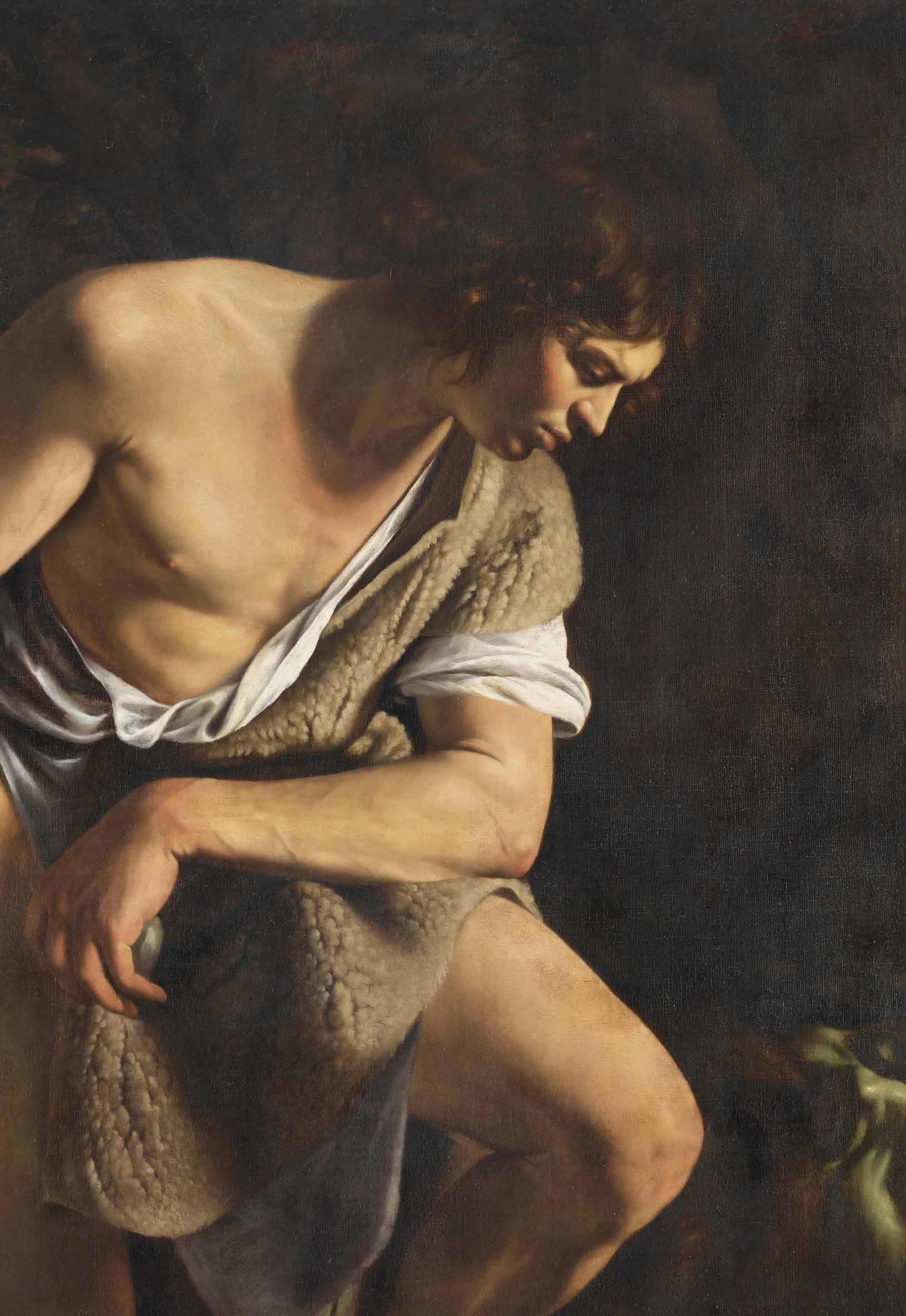
Jana Zapletalová
Orazio and Artemisia Gentileschi: multiplications of successful compositions
Several original versions of David Contemplating the Head of Goliath by Orazio Gentileschi (1563–1639) and his daughter Artemisia (1593–1653),1 as well as various authorial replicas or copies, circulated throughout a number of European collections during the 17th century. From his known work, we know that, like many other famous painters, Orazio Gentileschi created a series of his compositions in several replicas, variants or versions. The existence of several authorial copies is documented in the case of his works Nursing Madonna, St. Jerome, David with the Head of Goliath, Nursing Mary Magdalene, Danaë and Rest of the Holy Family on the Flight into Egypt, which exist in four authorial variants. The composition Lot and His Daughters is known to exist in at least seven versions, five of which are usually considered to be the author’s original works.2
An Extra/ordinary Copy?
The painter’s precise motivations for replicating his own, older works, have not been fully clarified.3 Indisputably, a role in the multiplication of the works was played by the success of the individual compositions, in some cases probably also by the wishes of the client, and without doubt also by economic motivations, since less exertion was required while at the same time success was guaranteed. This practice was very widespread, indeed highly characteristic in the work of both Orazio and his daughter. Both father and daughter in fact copied their own works after an interval of several years and frequently even decades. The medium which they both made use of in order to accomplish a faithful reproduction of older painting compositions, which were frequently by now in the ownership of someone else, was probably thorough templates and preparatory sketches.4
In the view of Keith Christiansen, who studied replicas and the process of their creation in the work of both Gentileschis, Artemisia learned the craft of painting by using her father’s templates or tracings.5 She subsequently adopted this procedure herself for replicating her own later compositions. In her own words, she guarded her templates very carefully so that they could not be misused by
other painters from her milieu. Of Artemisia’s authorial replicas, variants or versions we could mention for example two famous versions of Judith Slaying Holofernes (first variant in Naples, Museo di Capodimonte; second variant in Florence, Galleria degli Uffizi).
Kroměříž copy?
The picture collection of the Olomouc bishops and archbishops in the Kroměříž chateau boasts one such copy or replica of a painting by Orazio Gentileschi6 [fig. 1–2]. The original of his famous composition David Contemplating the Head of Goliath is housed in the Galleria Spada in Rome7 [fig. 3]. The Old Testament story of the future King David and the giant Goliath was usually depicted by painters at one of the climactic moments in the plot: as a rule when David fired the stone from his catapult at the Philistine warrior, who was renowned for his stature and bravery. David, then of a tender age and juvenile stature, felled the giant, in defiance of all those who had initially mocked his audacity. He then sealed the ignominy of the uneven contest by beheading Goliath with his own sword, thereby affirming the triumph of spirit, boldness and faith over mere physical size.
An Extra/ordinary Copy?
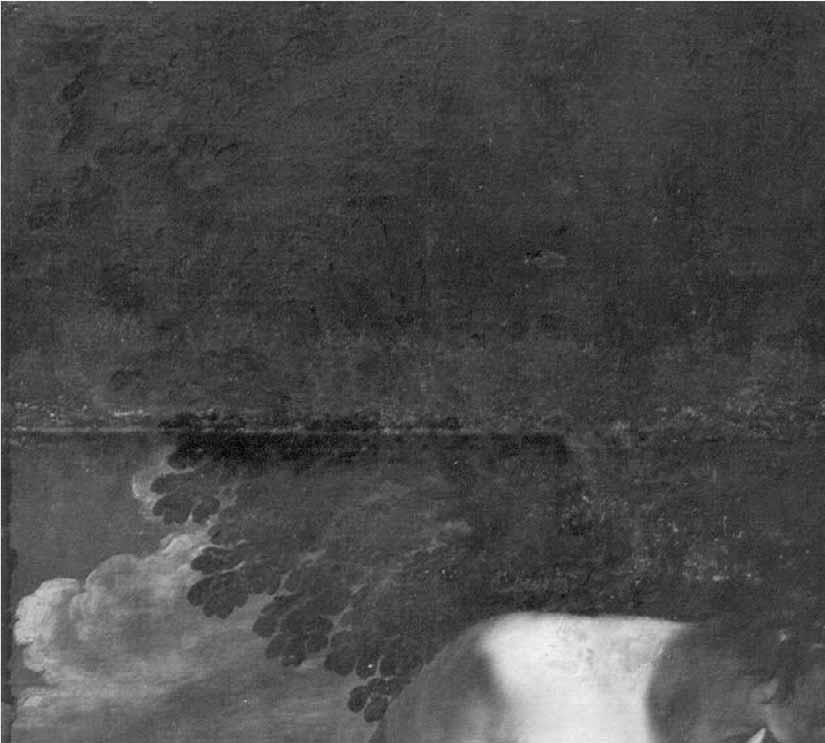




Fig. 1: Artemisia Gentileschi (?) based on Orazio Gentileschi, David Contemplating the Head of Goliath, after 1610, oil, canvas, previous state of the painting before 1998 with secondary canvas additions, measuring 198 × 153 cm in its historical adjustment Archbishopric of Olomouc, Olomouc Museum of Art – Kroměříž Archdiocesan Museum
An Extra/ordinary Copy?

Fig. 2: Artemisia Gentileschi (?) based on Orazio Gentileschi, David Contemplating the Head of Goliath, after 1610, oil, canvas, 152.5 × 142 cm Archbishopric of Olomouc, Olomouc Museum of Art – Kroměříž Archdiocesan Museum
An Extra/ordinary Copy?
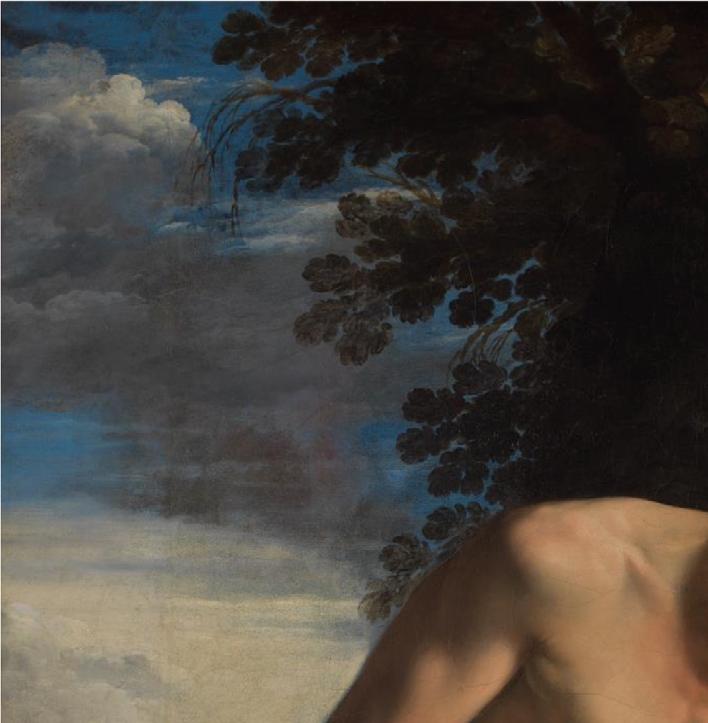


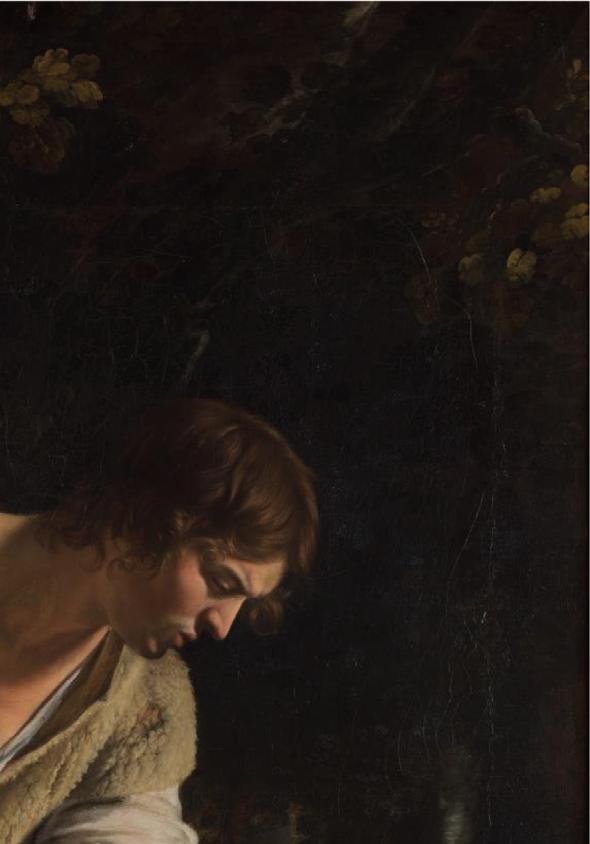



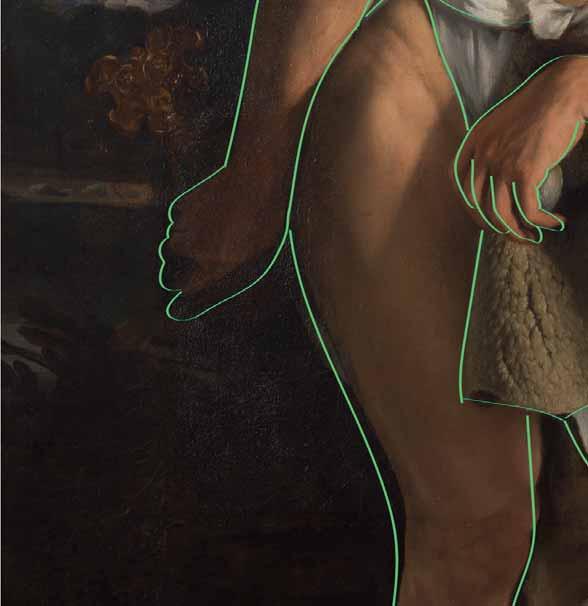
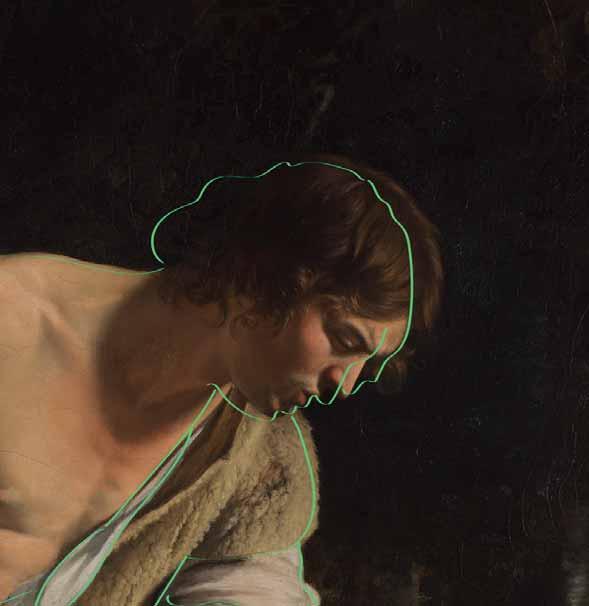
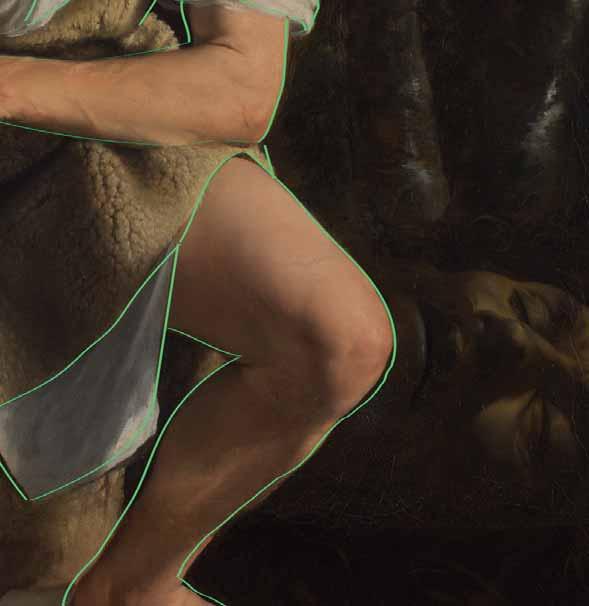
Fig. 4: The outline of David’s figure from Kroměříž artwork shown on top of Gentileschi’s painting of the same theme from Galleria Spada. The resulting overlay shows a slight shift in the head area and other minor proportional differences.